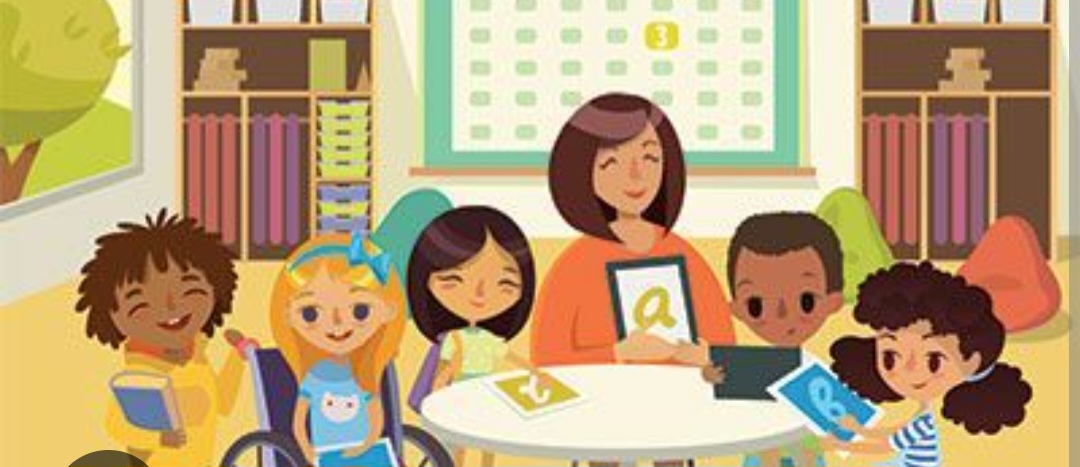Author:
Universal Design for Learning: Making Education Work for Everyone
Introduction
Every student learns differently, yet traditional teaching methods often follow a one-size-fits-all approach. This can leave many students struggling to grasp concepts that could have been easier to understand with the right support. Universal Design for Learning (UDL) provides a framework to create more inclusive classrooms by offering multiple ways to engage with, represent, and express learning (CAST, 2018). My own experience of struggling with differentiation in 10th-grade mathematics highlighted the importance of UDL. If my teacher had used a variety of teaching methods, I might have understood the topic more easily. This reflection explores how UDL could have improved my learning experience and how I plan to use its principles in my future classroom to support diverse learners.Looking back at my school days, one of my biggest struggles was learning differentiation in 10th-grade math. No matter how hard I tried, I just couldn’t grasp the concept through the teacher’s traditional lecture and textbook approach. I needed something more—visuals, real-life examples, and interactive explanations. Instead, I felt frustrated and disconnected from the lesson. This experience helped me realize how important Universal Design for Learning (UDL) is in making education accessible to all students.
UDL promotes multiple ways of engaging with, representing, and expressing learning (CAST, 2018). If my teacher had used dynamic graphs, real-world applications, or hands-on activities, I might have understood differentiation more easily. For example, seeing how speed and acceleration change in a car’s movement could have made the concept clearer. Likewise, if I had been allowed to demonstrate my understanding through discussions or visuals instead of just solving equations, I might have felt more confident.
As a future educator, I want to create a classroom where no student feels left behind. I plan to use visuals, storytelling, and interactive activities to explain complex topics. For instance, in a math class, I could relate differentiation to sports statistics or business trends to make it more engaging. Of course, implementing UDL isn’t always easy—time and resources can be a challenge—but I can tackle this by using technology, encouraging peer learning, and planning flexible lessons.
One specific UDL strategy I plan to use is scaffolded instruction, where I break down difficult concepts into smaller steps and provide support along the way. My own struggles have taught me that learning isn’t one-size-fits-all. Every student deserves a learning experience that meets their needs and helps them succeed.
Reference
CAST. (2018). Universal Design for Learning Guidelines version 2.2. Retrieved from http://udlguidelines.cast.org
